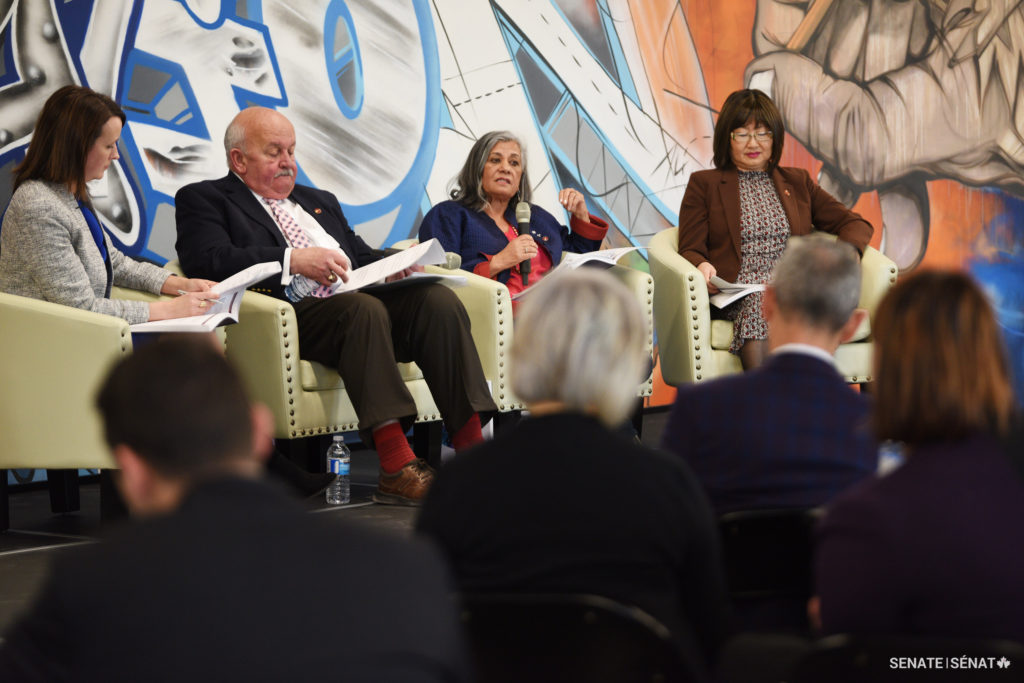In Wake of Federal Election, Canadian Nonprofits Seek New Policy Framework
For Canada’s nonprofit sector, hopeful that some of their key issues might take center stage, it was mostly not to be, even though, as Imagine Canada has noted, the sector employs two million Canadians and, according to one estimate, is responsible for 8.1 percent of gross domestic product. However, as covered in October’s NPQ North, confusion and controversy about the rules of “political advertising” (rooted mainly but not exclusively in climate change and environmental issues) have fueled a spirit of determination and collaboration for sectoral reforms.
In the aftermath of this chilling effect, the country’s 170,000 nonprofits (about 50 percent of them registered charities) are seeking much more than electoral reform and clarifications about their role as policy advocates—they want a regulatory home base and a government partnership that involves more than a one-way dictation about the rules and how to follow them.
As discussed back in July, the Senate of Canada’s 170-page report (and 42 recommendations) in Catalyst for Change: A Roadmap to a Stronger Charitable Sector, has been embraced by umbrella groups like Imagine Canada and the Ontario Nonprofit Network, and, along with the Senate committee members, there seems to be a growing determination for changes to some very archaic structures.
Senators Terry Mercer and Ratna Omidvar, two of the major contributors to the report, went public in September with some of the report’s findings and key issues.
We must…pay more attention to how we define charity and how this sector is regulated. Registered charities still need to fit within one of four categories of charitable purpose: the relief of poverty, the advancement of education, the advancement of religion or the provision of other services that benefit a community. These categories come from a British common law definition that hasn’t been updated since 1891…perhaps one of the more crucial recommendations is for the government to create a dedicated secretariat at the Department of Innovation, Science and Economic Development on the charitable and nonprofit sector.
On the latter issue, confusion over real and perceived barriers to nonprofit advocacy during the election served to strengthen the call for some type of home base for the charitable sector. Professor John D. Cameron of Dalhousie University has made a convincing case that regulatory confusion created a “silencing effect” with only 147 organizations taking the necessary steps to spend $500 or more on advertising during the election. Cameron says only 17 environmental organizations took this step, despite climate change being a major election issue.
Trudeau’s government made significant changes to the CRA [Canada Revenue Agency] regulations in 2019 that allow charities to engage much more freely in public policy debates….Staff with many Canadian civil society groups have reported that their organizations did not speak out on public policy issues during the election campaign for fear they’d be penalized by Elections Canada or the CRA.
Seizing the momentum, Imagine Canada has seized upon Catalyst for Change Recommendation 22, publishing a succinct blog that details some of the absurdities of nonprofit regulation in this country.
Charities and nonprofits may have relationships with ministries related to their mission; for example, health charities may meet with the Health Minister to advocate for their cause. However, there is no federal department or agency that is responsible for ensuring the wellbeing of the sector or addressing issues that affect it…despite the fact that the sector represents more than eight percent of Canada’s GDP and employs approximately 2 million people—in addition to its incredible social impact. The Canada Revenue Agency determines whether organizations are eligible for charitable status and whether they comply with the Income Tax Act…but doesn’t take on a role in creating policy solutions to address issues that the sector is facing.
The accompanying brief, Towards a “Home In Government” for the Charitable and Nonprofit Sector, outlines the problems created by a lack of coordination between government and nonprofits—including some blatant unfairness in how the sector is treated differently from the for-profit world.
Read the entire article on the NonProfit Quarterly website.
